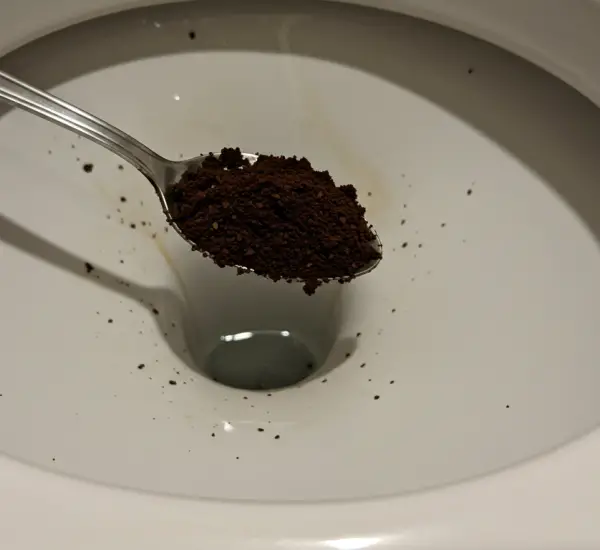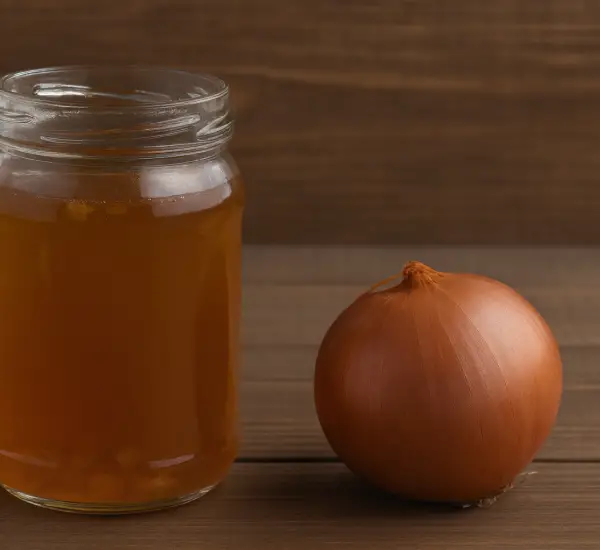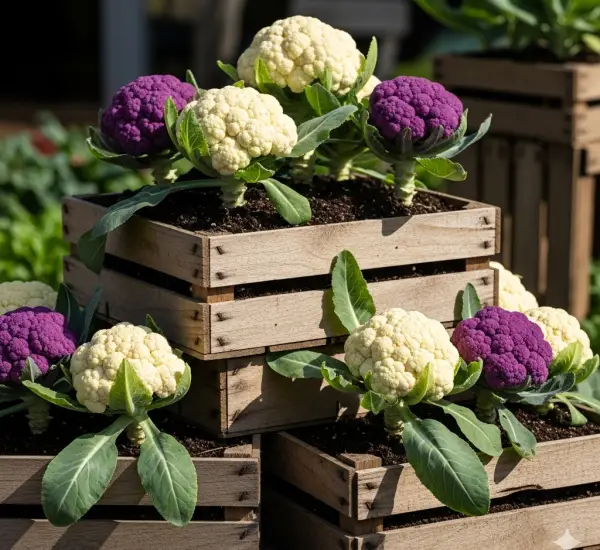If you’ve ever bought lovely rosemary plants, brought them home, and watched as they gradually lost vigor, eventually drying out, especially when kept indoors, you’re not alone. Despite being a robust plant, rosemary requires specific care to grow lush and abundant. From the plant’s placement to watering frequency, we’ll outline all the reasons your rosemary plants might be drying out.
Rosemary is a Mediterranean plant that thrives in direct sunlight, heat, prolonged periods of drought, and even extreme cold.
However, when kept indoors, rosemary tends to weaken. If possible, always keep your rosemary plants on the balcony. Below, we list the main reasons why rosemary plants dry out.
A common mistake among beginners is creating visually appealing plant groupings, combining rosemary with other plants like mint. The result is a planter that needs frequent watering, exposing rosemary to the risk of rot or browning.
Rosemary needs water but not as much as other aromatic plants. Ideally, water every four days in summer and every ten days in winter. It doesn’t tolerate water stagnation, so ensure the pot is well-drained with gravel.
Another common reason for a drying rosemary plant is lack of sunlight. Rosemary requires direct sunlight, which stimulates flowering. Place your rosemary on the balcony or near a sun-exposed window.
Remember to prune rosemary periodically, even if you don’t intend to use it. This practice encourages healthier and more abundant growth.
Also, keep in mind that rosemary plants, like all others, suffer from abrupt temperature changes. If you bought the plant from a supermarket, make sure to gradually expose it to the new environment. Understanding and addressing these factors will help your rosemary thrive and remain vibrant.



